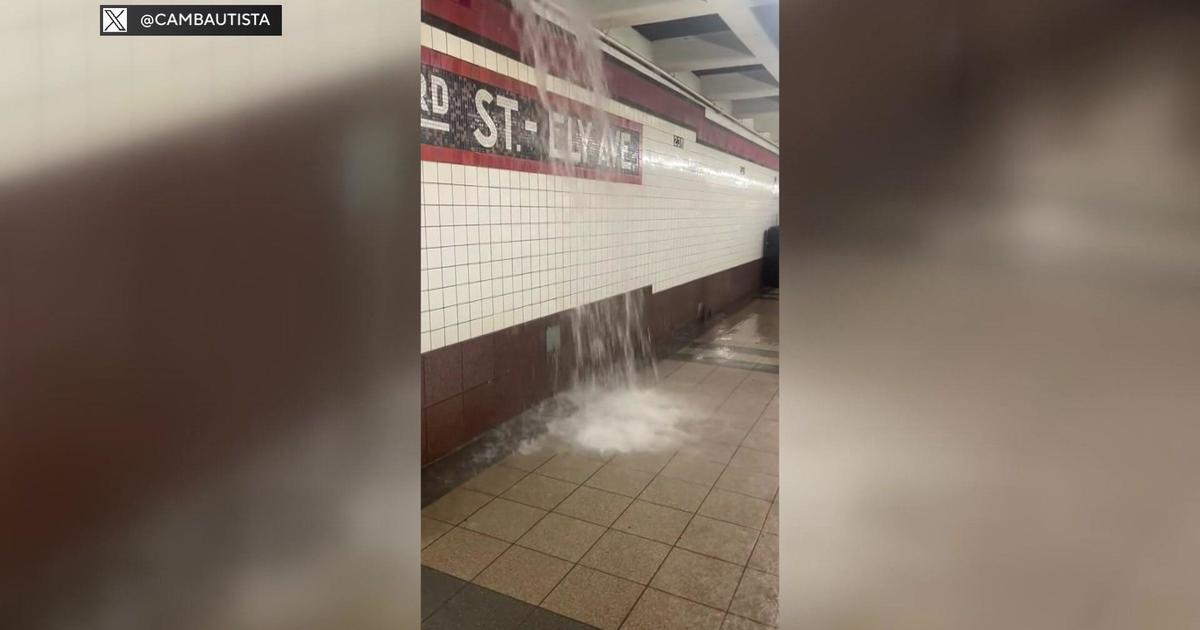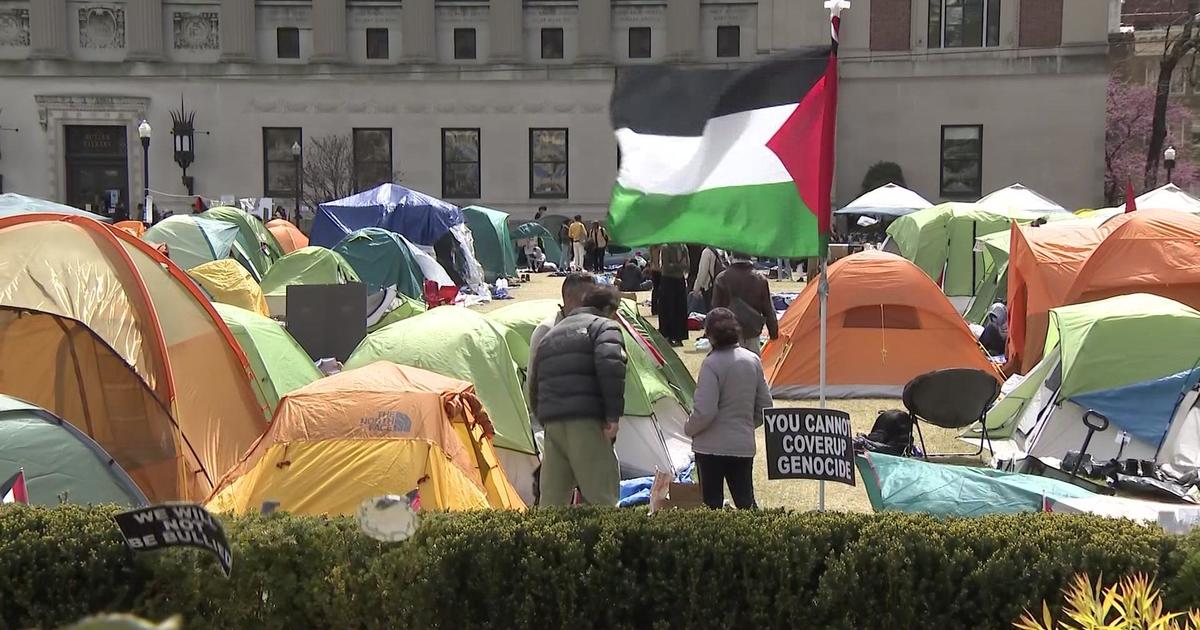NYC Plans $3B Transformation Of Hudson Waterfront
NEW YORK (CBSNewYork/AP) -- For decades, development in New York was about concrete, skyscrapers and roads -- highways that often ringed the city and kept people from the hundreds of miles of waterfront shoreline that help define the city. Now, the city's first waterfront plan in two decades will spend billions of dollars to reunite New Yorkers with their water.
WCBS 880's Rich Lamb on the transformation to come
Podcast
The $3 billion-plus plan, to be announced by the Bloomberg administration Monday, would add 50 new acres of parks, expand dozens more, overhaul the city's sewage system to reduce waste pushed into the rivers and dredge waterways to make room for giant ships that are rarely seen on the East Coast.
The blueprint is New York City's attempt to reverse more than a century of planning that left much of the city's 520 miles of shoreline inaccessible to residents and instead directed them inland for their recreation and relaxation.
"New York City has more miles of waterfront than Seattle, San Francisco, Chicago, and Portland combined -- but for decades, too many neighborhoods have been blocked off from it," Mayor Michael Bloomberg said in a statement. "Our waterfront and waterways -- what we are calling New York City's sixth borough -- are invaluable assets, and when our work is complete, New York City will again be known as one of the world's premier waterfront cities."
For much of the city's history, the waterfront was viewed more as dumping ground than destination. The Erie Canal's opening in the early 1800s made the city America's main port, and industrial toxins and human waste turned much of New York Harbor to muck. The harbor's oysters died, methane gas bubbled to the surface, and the horrific smell wafted inland and kept the city's upper class far from the water.
The city's inland orientation never changed. And in the mid-20th century, when Robert Moses was looking for a place to build Manhattan's highways, he chose the island's coasts -- cutting the borough's pedestrians off from the water.
The first stages of the effort are expected to cost the city more than $3.27 billion over the next three years, with most of the money going to wastewater infrastructure. The work is meant to create 13,000 construction jobs and 3,400 permanent maritime positions. The longer-term components of the plan have no price tag yet, and their outcome will depend on the approach of future administrations.
Waterside green space would expand in all five boroughs over the next three years. The city anticipates spending $40 million to buy and develop more than 50 acres of waterfront parks, and paying another $200 million to expand and improve existing shoreside parkland. Another $120 million would fund esplanades and biking paths along the water. The boroughs would be ringed by a network of boat landings and canoe launches, allowing people not only to view the water, but to get in it.
The city plans to continue previously announced plans to expand East River ferry service between neighborhoods in Manhattan, Brooklyn and Queens, possibly allowing passengers to use the same MetroCards used on the subways to get home.
Water-quality projects costing $2.57 billion over three years would be funded with city water utility payments. Wastewater treatment plant improvements would cost $1.6 billion, and the city plans to pay $650 million more to improve sewer-system pipe capacity. Another $180 million would go to install rooftop gardens and permeable landscaping that would keep more rainwater out of the sewage system.
The remaining funding for the first three years, more than $700 million, would come from the city's capital budget. The mayor's office says that money has already been set aside for the projects, and that spending cuts of 4 percent in most agencies and thousands of planned teacher layoffs won't slow the effort.
The plan also calls for dredging some parts of the harbor to make way for the giant container ships that are expected to make their way up the East Coast after the expansion of the Panama Canal is completed, spending more than $200 million on maritime industry initiatives and ecological restoration.
The city says the blueprint marks the first time New York has issued a plan for the use of the waterways themselves, rather than just the shoreline. The city's last waterfront plan, completed in 1992, called for a new kind of zoning along the city's shoreline, to allow planners to develop the waterfront separately from bordering neighborhoods.
A waterfront advocate called the city's new waterfront "a holistic plan, a balanced plan."
Roland Lewis, president of the Metropolitan Waterfront Alliance, a coalition of environmental, recreational and business organizations, said the plan "will increase the attention and use of the waterfront tremendously, from greenways, to boat access, to cleaner water, to preservation and cultivation of maritime industry and the working waterfront."
Have more to say? Sound off in the Comments section below!
(Copyright 2011 by The Associated Press. All Rights Reserved.)



